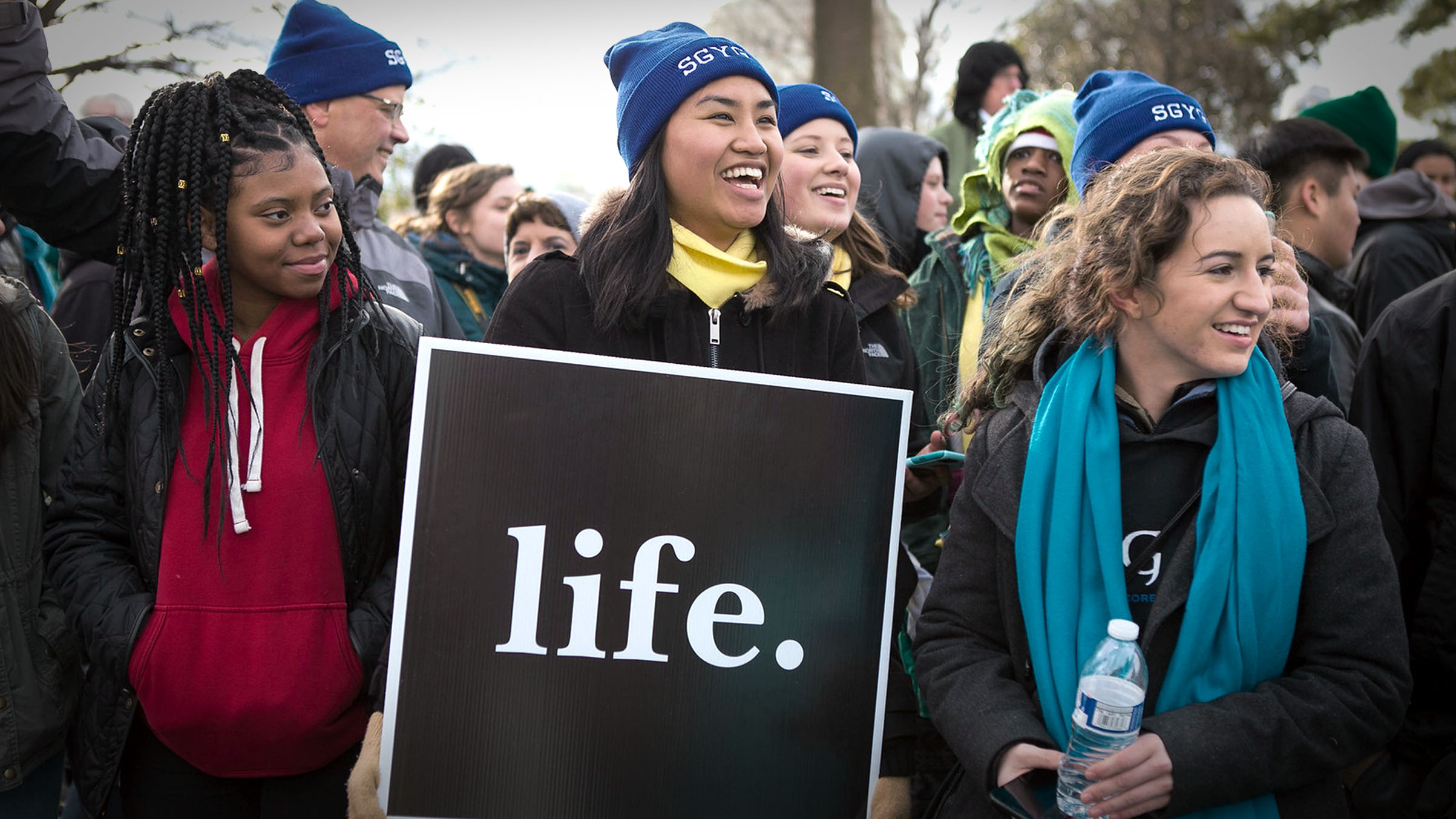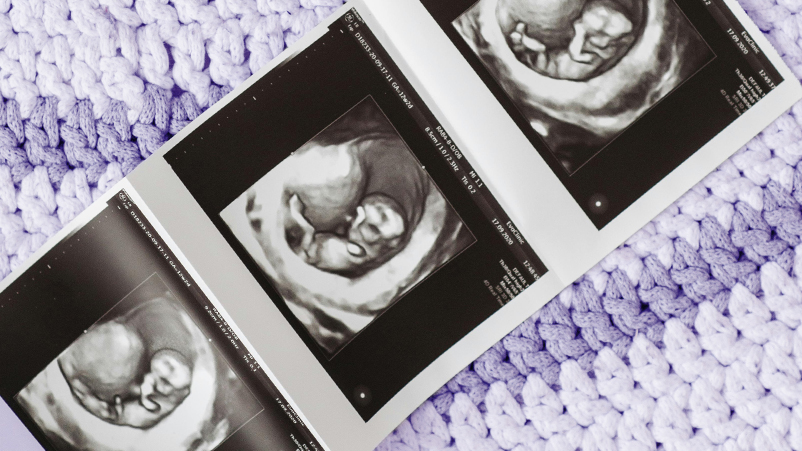By Debi Vinnedge
Part I
Note from author: Because it may be confusing to follow the quotes of the various writers when compared to the actual text of the Church documents, all citations from Church teaching are highlighted in red font.
Two articles have emerged in the past month by Senior Fellow William E. May at the Culture of Life Foundation, which seem to be causing confusion and consternation for Catholics, where none existed before. Because the writer himself seems confused on Pope Benedict XVIs approved instruction, Dignitas Personae, it is evident that clarification is indeed warranted as Mr. May opines.
But it is not necessary to call on the Vatican to provide a clearer instruction; one simply needs to carefully read the sections in question in their entirety, rather than picking, choosing and omitting that which might not fit ones particular agenda.
The purpose of this writing is to provide the unambiguous answers that seem to escape both Mr. May and a handful of others who seem unable to understand or perhaps, accept the truth of what the Church has already presented. More importantly, it will ease the minds of faithful Catholics and scientists who have been deeply disturbed by these writings.
The first article published in December 2010 by the Culture of Life Foundation was a brief by Mr. May, titled, “May Researchers Use Biological Material Unjustly Obtained?” (See http://culture-oflife.org//content/view/684/111/).
The second was published as a result of a query by a reader in South Carolina, by ZENIT news on January 12, 2011, titled, “Using Vaccines Obtained from Intentionally Aborted Human EmbryosFurther Clarification Needed for Parents, Researchers.” (See http://www.zenit.org/article-31437?l=english)
Because these two articles both have the same written conclusions and are thus, intimately linked, the following discussion serves to set the record straight on just what the Church is actually teaching.
In the first article, the key question May asks the readers is, “What should a conscientious pro-life person do if his research center agreed to use biological material obtained as a result of the intentional abortion of babies in their embryonic or fetal stages of life?” He then rightly goes to the document that provides the answer: Dignitas Personae, published by the Congregation for theDoctrine of the Faith, December 8, 2008. However, it appears his interpretation of what is clearly stated in that instruction under Sections 34 and 35 is anything but right.
May makes his first mistake by quoting only partially from Section 34 under “The use of human biological material of illicit origin.” He establishes the question at hand by citing from the text on the use of cell lines for research, the production of vaccines, the levels of cooperation in evil and concludes with documents exhortation that, “It is fitting therefore to formulate general principles on the basis of which people of good conscience can evaluate and resolve situations in which they may possibly be involved on account of their professional activity.”
However, May immediately jumps to Section 35 without acknowledging the beginning of the answer provided in the very next sentence in that same section.
Citing from Evangelium Vitae, it goes on to state:
It needs to be remembered above all that the category of abortion “is to be applied also to the recent forms of intervention on human embryos which, although carried out for purposes legitimate in themselves, inevitably involve the killing of those embryos. This is the case with experimentation on embryos, which is becoming increasingly widespread in the field of biomedical research and is legally permitted in some countries [T]he use of human embryos or fetuses as an object of experimentation constitutes a crime against their dignity as human beings who have a right to the same respect owed to a child once born, just as to every person”.[54] These forms of experimentation always constitute a grave moral disorder.[55] (emphasis added)
Some ethicists have opined in the past that using embryonic or aborted fetal cell lines that are taken from deliberately aborted fetuses or embryos is not morally problematic since the researcher had nothing to do with the initial destruction of innocent human beings.
Perhaps this is why Mr. May chose to ignore the opening sentence in this section of Dignitas Personae that addresses this clearly and concisely: “In this regard, the criterion of independence as it has been formulated by some ethics committees is not sufficient. According to this criterion, the use of biological material of illicit origin would be ethically permissible provided there is a clear separation between those who, on the one hand, produce, freeze and cause the death of embryos and, on the other, the researchers involved in scientific experimentation.”
Whoalets stop right there for a moment and examine what the Magisterium just said versus what Mr. May wrote. The Church notes above that the “criterion of independence as it has been formulated by some ethics committees is not sufficient.” They then go on to explain that “According to this criterion“that is the criteria formulated by “some ethics committees”not the Vaticans criteria”the use of such biological material would be ethically permissible”
But in an unusual twist, May obfuscates the intention of this passage by eliminating the entire actual quote that showed a clear reference to those insufficient statements made by ethics committees in the past. In doing so, he made it sound as though Pope Benedict himself said it might be permissible to use the cell lines. In fact no such thing was ever said.
No wonder faithful Catholics are confused! May continues to treat the above passage throughout his discourse as though the Vatican is allowing exceptions in certain cases for researchers using these cell lines, when clearly the exact opposite is noted in several places.
In an attempt to further confuse what the Church intended, May again omits key sentences that forbid the use of cell lines by researchers as he quotes sporadically from the instruction.
For example, he fails to mention these two key sentences in Dignitas Personae: (No.35, par 3) “At times, the objection is raised that the above-mentioned considerations would mean that people of good conscience involved in research would have the duty to oppose actively all the illicit actions that take place in the field of medicine, thus excessively broadening their ethical responsibility. In reality, the duty to avoid cooperation in evil and scandal relates to their ordinary professional activities, which they must pursue in a just manner and by means of which they must give witness to the value of life by their opposition to gravely unjust laws.” (emphasis added)
Again, instead of citing this properly, May omits the above and immediately jumps to the very next sentence, in which he again eliminates important criteria. May begins by writing, “In fact, there is a duty to refuse.” as he continues with the text in its entirety from this paragraph.
But Dignitas Personae actually begins a bit differently in that sentence: “Therefore, it needs to be stated that (emphasis added) there is a duty to refuse to use such biological material even when there is no close connection between the researcher and the actions of those who performed the artificial fertilization or the abortion, or when there was no prior agreement with the centers in which the artificial fertilization took place. This duty springs from the necessity to remove oneself, within the area of ones own research, from a gravely unjust legal situation and to affirm with clarity the value of human life. Therefore, the above-mentioned criterion of independence is necessary, but may be ethically insufficient.” (Note: Original text includes above quotes and italics.)
Please read tomorrow for part two of Debi Vinnedges article.
Debi Vinnedge is the executive director of Children of God for Life, a non-profit, pro-life organization focused on the bioethic issues of human cloning, embryonic and fetal tissue research. In addition, she serves as a member of the Vaccine Advisory Board for Sound Choice Pharmaceutical Institute. Ms. Vinnedge is a nationally recognized author and speaker and has provided written testimony for Congressional hearings on embryonic stem cell research. She is considered the foremost authority on the use of aborted fetal cell lines in medical products and vaccines. Her organizations Campaign for Ethical Vaccines has gained the backing of over 630,000 supporters nationwide including numerous medical professionals, pro-life organizations, religious and political groups.
This article has been reprinted with the authors permission and can be found at http://www.cogforlife.org/dp.pdf.



